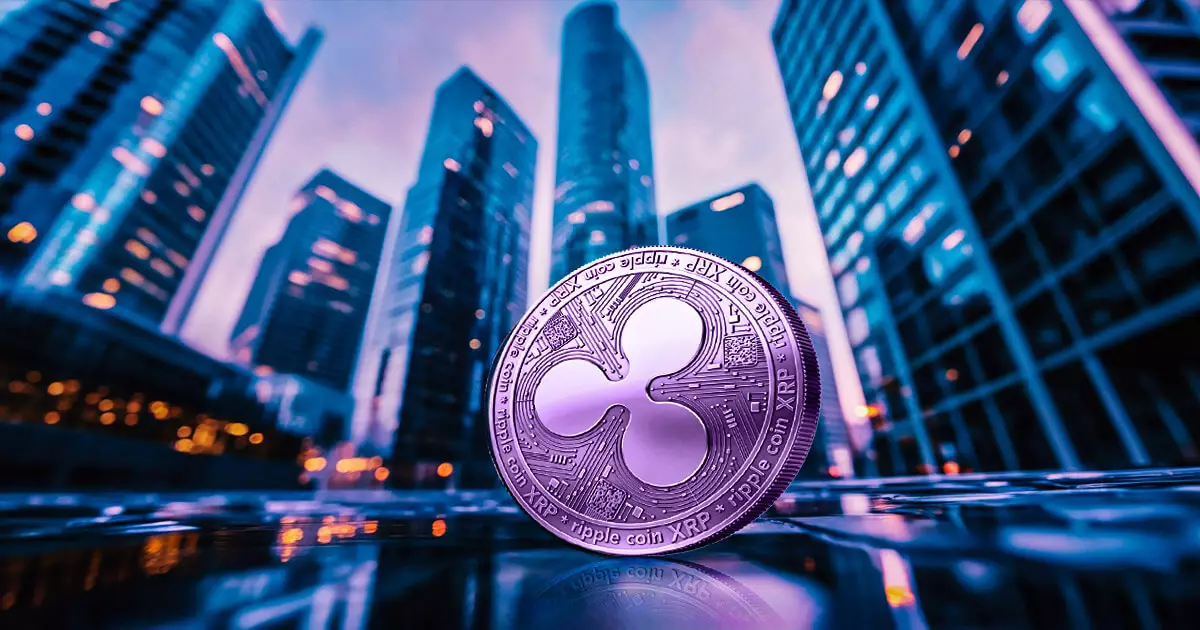XRP is currently experiencing a surge in popularity, largely due to growing recognition from global regulators and initiatives aimed at enhancing its adoption. These initiatives include discussions surrounding a potential Grayscale XRP Exchange-Traded Fund (ETF) and futures contracts offered through the Chicago Mercantile Exchange (CME). However, amidst this upward trajectory lies a significant obstacle: the cryptocurrency’s regulatory uncertainty in Hong Kong. As a burgeoning hub for fintech and cryptocurrency, Hong Kong’s regulatory decisions could greatly impact the future of XRP.
On January 27, 2025, the Securities and Futures Commission (SFC) of Hong Kong granted licenses to two local exchanges, PantherTrade and YAX, marking a notable milestone as the first crypto trading licenses issued that year. This development also highlights the SFC’s cautious approach to cryptocurrency regulation, as only four digital assets—Bitcoin, Ether, Avalanche, and Chainlink—have been approved for trading. The glaring absence of XRP, despite its extensive global presence, raises critical questions about the cryptocurrency’s status and the SFC’s underlying concerns.
Regulated exchanges in Hong Kong are required to adhere to stringent regulations, ensuring compliance with anti-money laundering (AML) and counter-terrorism financing (CTF) laws. Currently, ten exchanges have registered to operate under these guidelines, emphasizing the need for compliance and transparency in the cryptocurrency industry. However, it remains unclear why XRP has not gained the SFC’s approval. The regulatory body has yet to provide any articulated reasoning, leaving stakeholders speculating about the potential impacts this exclusion might have.
The lack of regulatory clarity around XRP, particularly in Hong Kong, may be attributed to Ripple’s ongoing legal battles in multiple jurisdictions. The scrutiny faced by Ripple Labs has undoubtedly contributed to the hesitance exhibited by the SFC in including XRP on its list of approved cryptocurrencies. This legal context complicates the operational landscape for XRP, as involved parties must navigate a slew of regulations and uncertain legal precedents that shape their strategies moving forward.
Despite the challenges faced in regions like Hong Kong, the overall positive momentum for XRP is undeniable. Regulatory acceptance in other jurisdictions, combined with ongoing developments such as the potential for increased institutional involvement via ETFs, suggests a promising future for the cryptocurrency.
In light of these developments, it is crucial for Ripple and the broader XRP community to actively engage with regulators to facilitate a more favorable regulatory environment. Building transparency and fostering open communication with governing bodies may help alleviate concerns and foster a path toward increased acceptance for XRP in Hong Kong and similar markets.
While XRP’s climb continues globally, its journey in Hong Kong serves as a reminder of the complex interplay between innovation and regulation in the cryptocurrency landscape. As global regulations evolve to accommodate the burgeoning digitized financial ecosystem, the ultimate fate of XRP may hinge on both compliance efforts and the resolution of its ongoing legal challenges.

